Yangpyeong Haejangguk (양평해장국)
5.1Km 2021-03-30
48, Sungkyunkwan-ro 4-gil, Jongno-gu, Seoul
+82-2-742-6960
It is a favorite place frequently visited by the residents of Hyehwa-dong. This restaurant's signature menu is hangover soup. This Korean dishes restaurant is located in Jongno-gu, Seoul.
Musée Folklorique National de Corée (국립민속박물관)
5.1Km 2019-03-26
37, Samcheong-ro, Jongno-gu, Seoul-si
Le Musée Folklorique National expose le style de vie des anciens Coréens. Il y a 20.000 vestiges avec un total de 4.000 reliques folkloriques. Dans le Hall du Centre, il y a des expositions en rapport avec la culture traditionelle ou folklorique. Le “Hall du style de vie coréenne” montre les styles de vie des Coréens depuis les temps préhistoriques jusqu’à la Période Joseon (1392~1910). Il vous sera possible de comparer les caractéristiques culturelles et les vestiges par période et vous pourrez ainsi voir le développement de la poésie, des instruments agricoles et des copies. Le deuxième Hall d’Exposition qui est le ‘Hall des Coréens au Travail‘ expose les outils de la ferme, de la chasse et de la pêche, tout comme les maisons et les vêtements. Il comprend des travaux d’artisanat, des accessoires, des assiettes, du Kimchi et Jangdokdae. Le 3ème Hall d’Exposition s’appelle le ‘Hall du Cycle de la Vie coréenne‘ et présente la vie de la Corée ancienne depuis la naissance jusqu’à la mort en passant par le mariage. En dehors du musée, il y a encore quelque chose de plus amusant qu’à l’intérieur. Les sculptures en pierre Dolharubang, les moulins à vent, la trépigneuse et les cabanes de l’Ile Jejudo sont exposées en plein air. Le Musée Folklorique National organise un ‘Concert coréen folklorique’ tous les samedis, à l’auditorium. Le premier dimanche de chaque mois, le Musée Folklorique National désigne le Jour de ‘Visite du Musée’ pendant lequel l’entrée est gratuite.
Musée des Enfants (국립민속박물관 어린이박물관)
5.1Km 2019-03-25
Palais Gyeongbokgung, 1-1, Sejong-ro, Jongno-gu, Seoul-si
+82-2-3704-4540, 4524
Le Musée des Enfants est un musée d’expériences pratiques administré par le Musée National Folklorique de Corée. De nombreux graphismes et maquettes permettent aux enfants de toucher et de sentir les objets et d’expérimenter l’histoire folklorique d’une manière interactive. Les expositions sont organisées autour des thèmes des vêtements folkloriques, de la nourriture, de l’habitat, de la vie sociale et des loisirs. Le musée comporte de nombreux espaces interactifs, parmi lesquels une table dressée pour un rituel ancestral, des miniatures magnétiques représentant le premier anniversaire d’un bébé, et un espace où les enfants peuvent bâtir une maison traditionnelle. Ils peuvent auss créer leur propre avatar vêtu d’un hanbok, préparer le kimchi à l’aide de dessins, ou jouer au Gonu, un jeu de plateau traditionnel. Le musée collecte, conserve et entretient également des objets anciens ayant trait à la jeunesse et à sa culture.
Seongsu Noru (성수노루)
5.1Km 2025-04-25
110, Achasan-ro, Seongdong-gu, Seoul
Seochon Guest House [Korea Quality] / 서촌 게스트하우스 [한국관광 품질인증]
5.1Km 2023-04-07
28-3, Jahamun-ro 7-gil, Jongno-gu, Seoul
+82-010-3345-9680
Seochon Guest House is located in Seochon, which is becoming a hot place for tourists in Seoul, and precisely on the road to Suseong Valley, whichis filled with interesting stores and is also well-known for Park Nosoo Art Gallery and the House of Yun Dong-ju (poet). Seochon Guest House is nicknamed ‘Jaeminangol (interesting village)’ after Baekseok’s poem ‘Yeowunangol’, with the aim of providing a visit full of interesting experiences. Passing through a garden and entering the main building, the unique charm of this hanok building, the staircase to get to the first floor from daecheong (main floored room), catches the eye of the visitors. In addition, the building is decorated with various stylish objects including paintings and Korean musical instruments. The terrace situated on the first floor offers an open view of the surrounding area including roof tiles of hanok structures and alleyways in Seochon. It is said that Korean novelist Yoon Hu-myeong also appreciated the structure of the guesthouse, saying, “It is an interesting place.” Built in the 1930s, the house, which has many storage places, was taken by the owner couple in spring 2014 as they were attracted by the house during their trip to Seochon. After the repair work, the ground floor of the house was opened for guests from January 2016, hoping that guests could share their daily experiences and stories with each other. The guestrooms and the main floored room on the ground floor are open to guests, with the exception of the first floor, which is used by the owner couple. The living room is equipped with books, a curved TV, and a table. The tasty meal, which is served in the kitchen, consists of rice and soup with six side dishes and is much loved by guests. The guesthouse offers a total of four rooms – Jae Room, which is the most Korean-style room; Mi Room, which has a combined style of a Korean-style room and Western-style room; Nan Room, which is an ideal room for meditation with a beautiful paper window; and Ahn Room, which is equipped with a veranda and a pretty flowerbed. Every room has its separate charm with various comfortable bedding to provide a quiet and cozy bedroom for guests in the middle of the city. Furthermore, the guesthouse holds a pansori (epic chant) performance twice a year. The owner started learning how to sing pansori to promote the Korean culture and tradition to foreigners. When a pansori performance is held, the owner offers traditional Korean snacks and drinks including sikhye (sweet rice punch), sujeonggwa (cinnamon punch), traditional sweets and cookies, and tteok (rice cakes) to visitors, tourists, and performers. Moreover, it provides cultural programs such as a Gukak (Korean classical music) experience, Korean traditional clothes experience, and making Korean food experience, as well as other activities with guests, such as trip to the city wall between Inwangsan Mountain and Bugaksan Mountain, and the Royal Palace Tour to Gyeongbokgung Palace, etc., as well as a trip to a traditional market.
Persian Palace (페르시안궁전)
5.2Km 2021-03-30
9, Seonggyungwan-ro 6-gil, Jongno-gu, Seoul
+82-2-763-6050
Persian Palace was opened in 2002 and is operated by an Iranian owner. The three-story restaurant offers spacious dining areas and specializes in curry and Iranian cuisine. The restaurant consists of two kitchens with one dedicated to curry meals prepared by an Indian chef and the other dedicated to Iranian menus prepared by an Iranian chef. They also offer Halal food and a prayer room for Muslims.
Châtaigne (샤떼뉴)
5.2Km 2021-12-29
19, Samcheong-ro 5-gil, Jongno-gu, Seoul
+82-2-736-5385
Châtaigne is a French restaurant housed in a charming hanok (traditional Korean house) that was remodelled to accommodate dining tables and chairs. Châtaigne uses seasonal ingredients to create a simple and unique French course meal.
Daelim Changgo (성수동 대림창고 갤러리)
5.2Km 2025-03-18
78, Seongsui-ro, Seongdong-gu, Séoul
Daelim Changgo, une destination phare du quartier Seongsu-dong, désigne un bâtiment en briques rouges qui était autrefois une rizerie dans les années 1970. L'ancienne rizerie, qui a été rénovée en conservant le plus possible sa forme originale, offre aujourd'hui une ambiance vintage. Le lieu est en particulier très prisé des jeunes couples.
Gatden Sushi - Gangnam Branch (갓덴스시 강남)
5.2Km 2021-03-26
109, Teheran-ro, Gangnam-gu, Seoul
+82-2-2051-1477
This is a conveyor belt sushi restaurant offering reasonable prices. This Japanese (cuisine) restaurant is located in Gangnam-gu, Seoul. The most famous menu is sushi.
Hotel Provista (프로비스타 호텔)
5.2Km 2021-09-15
338, Seocho-daero, Seocho-gu, Seoul
+82-2-597-1140
Hotel Provista is located close to the center of Seoul's business hub, Teheran-ro in Gangnam. It is also in close vicinity of three important districts in Seoul: Gangnam Business Town, Seocho Court District, and Yangjae IT Venture Valley. The area is a major transportation
hub with Seoul Express Bus Terminal and Seoul Nambu Terminal nearby, as well as the Gyeongbu Expressway.
Guestrooms combine the advantages of a business hotel and a residence hotel. They are equipped for business travelers and long term guests’ convenience with guestrooms containing a TV with 60 cable channels, high speed internet access, a kitchen with high-end cooking facilities and a refrigerator, and an up-to-date laundry machine.

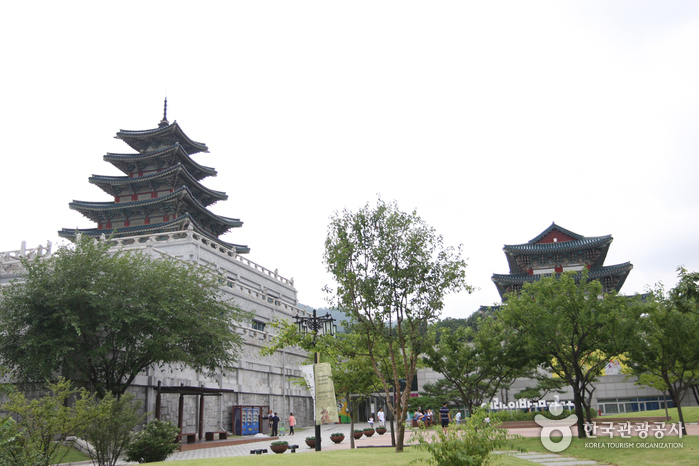
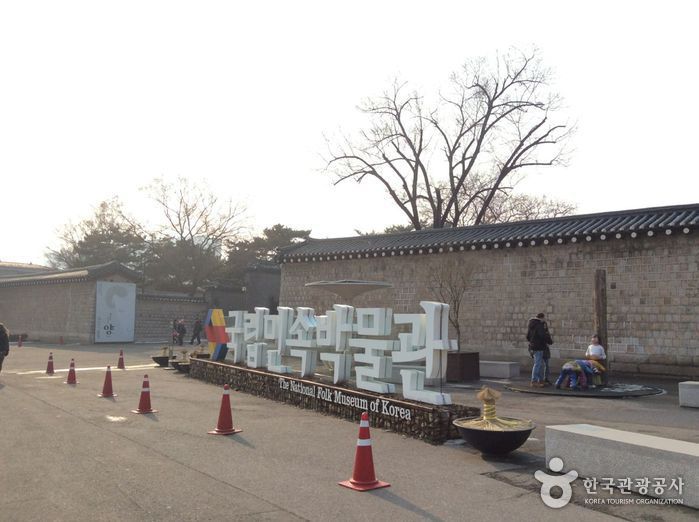
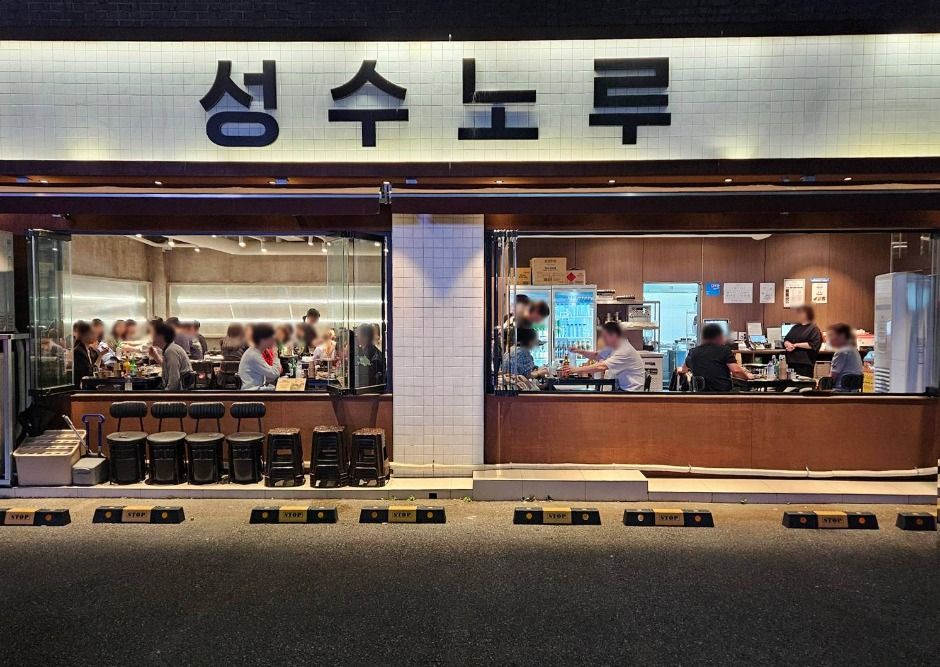
![Seochon Guest House [Korea Quality] / 서촌 게스트하우스 [한국관광 품질인증]](http://tong.visitkorea.or.kr/cms/resource/41/2447241_image2_1.jpg)

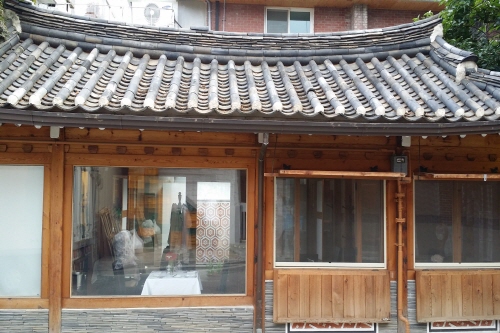
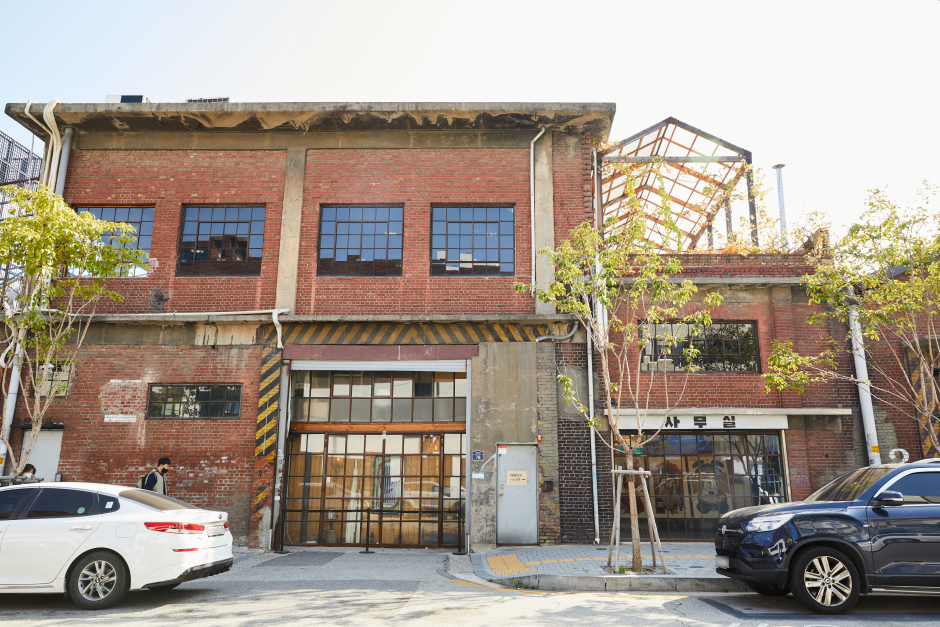
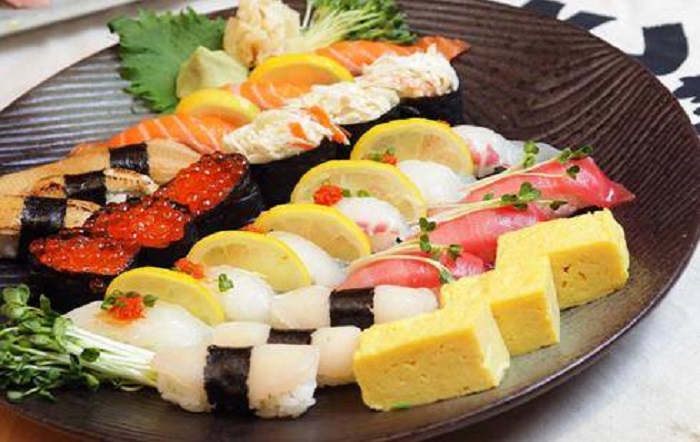
 Français
Français
 한국어
한국어 English
English 日本語
日本語 中文(简体)
中文(简体) Deutsch
Deutsch Español
Español Русский
Русский